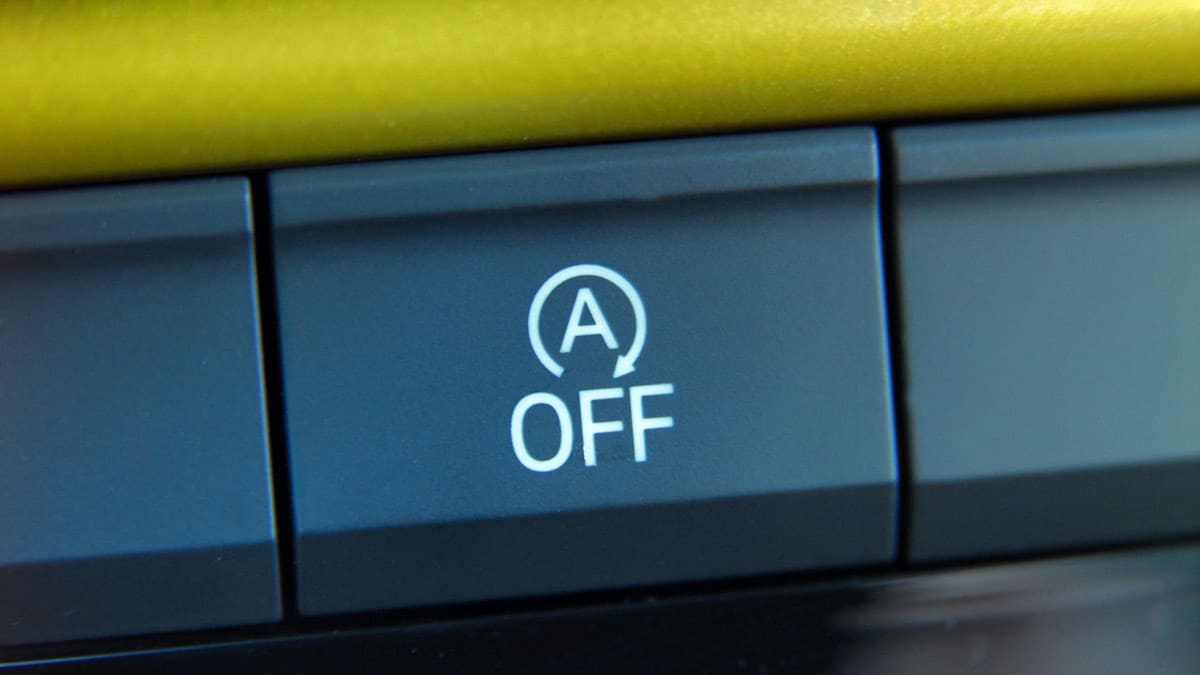Does the Start/Stop Function Really Improve Your Car’s Fuel Economy?

Not all systems are the same. Most vehicles use a single absorbed glass mat (AGM) battery for all of the vehicle’s 12-volt electrical systems. An AGM battery is designed to discharge more slowly so the battery will have a longer lifespan than more traditional lead-acid car batteries. Some automotive manufacturers, such as BMW, Jeep, and Mercedes-Benz offer models often referred to as “mild hybrids.” These vehicles have a small electric motor that assists the gas engine, which allows the car to coast with the engine off and the engine can remain off longer at stop lights. These kinds of vehicles use a separate battery to power the start/stop function.
Regardless of whether your vehicle has one or two batteries for the start/stop system, or if it’s a mild hybrid or not, the technology is designed to handle the repeated starting and stopping of the engine.
“There’s sometimes a misconception that these systems are bad for the engine or starter so some drivers disable the functionality,” says Knizek. They are designed for this function, but like any added feature, there is the possibility that they will need maintenance or repair down the road.
Knizek adds, “Some people just think these systems are annoying, and reach for the system’s off button as soon as they start the car.” This can be helpful in instances where the stops are brief and there is a need for quick acceleration to join traffic, as the stop/start systems can cause a slight pause as they restart the engine. These buttons can deactivate the system while driving, but next time you manually restart the car, the stop/start function will be activated.
Source link

